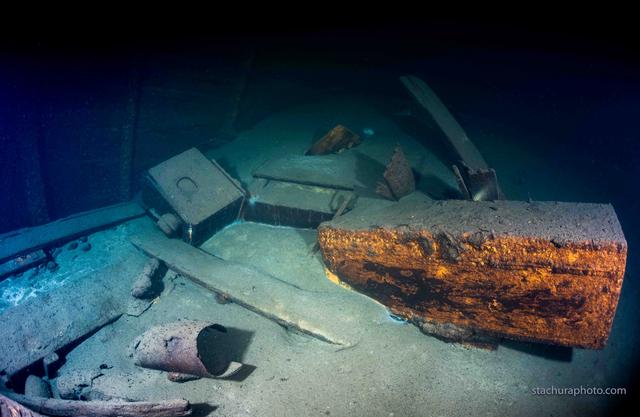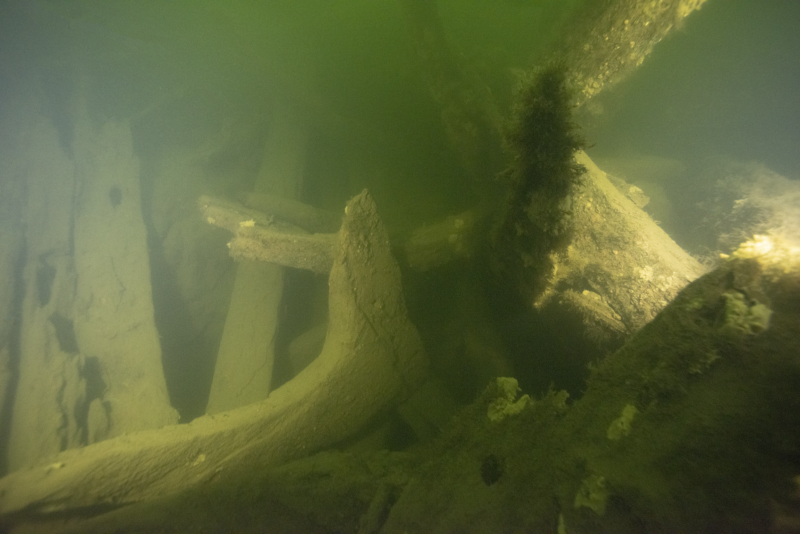-
 chevron_right
chevron_right
Scientists have found Lake Huron wreck of 19th century ship that sank in 1894
news.movim.eu / ArsTechnica · Monday, 6 March, 2023 - 21:51 · 1 minute
Ironton , a late 19th century shipwreck, has been located in NOAA's Thunder Bay National Marine Sanctuary.
In 1894, a schooner barge called Ironton collided with a Great Lakes freighter called Ohio in Lake Huron's infamous "Shipwreck Alley." Ohio 's wreck was found in 2017 by an expedition organized by the National Oceanic and Atmospheric Administration's (NOAA) Thunder Bay National Marine Sanctuary. Now the same team has announced its discovery of the wreck of the 191-foot Ironton nearly 130 years after its sinking, so well-preserved in the frigid waters of the Great Lakes that its three masts are still standing, and its rigging is still attached. Its discovery could help resolve unanswered questions about the ship's final hours.
Schooner barges like Ironton were part of a fleet that helped transport wheat, coal, corn, lumber, and iron ore across the Great Lakes region, towed by steamers. At 12:30 am on September 26, 1984, Ironton and another schooner, Moonlight , were being towed unladen across Lake Huron by the steamer Charles J. Kershaw when the steamer's engine failed. The weather was rough, and strong winds pushed the two schooners perilously close to the disabled steamer. Fearing a collision, Moonlight 's crew cut Ironton 's tow line, setting Ironton adrift.
Captain Peter Girard and his crew tried to regain control of the ship, but the wind blew them onto a head-on collision course with the Ohio , which was carrying 1,000 tons of grain. According to the account of surviving crew member William Wooley, it was too dark to spot the Ohio until it was too late, and Ironton struck the steamer with its starboard bow, tearing a 12-foot wide hole in Ohio 's hull.



